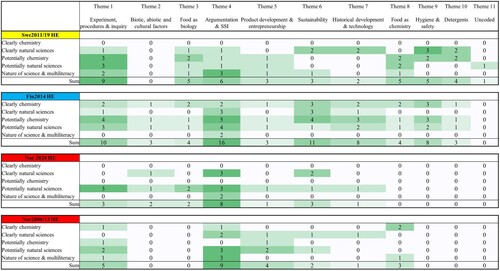Figures & data
Table 1. Curriculum texts included in analysis (Swe2019 ≈ Swe2011, therefore, not analysed separately).
Figure 1. Proportionally, how much of curricular goals in science/chemistry can potentially be taught related to food, and likewise which proportion of goals in home economics can be taught related to science/chemistry? (Colours corresponding to country as given in legend. Average calculated as the number of curricular goals with at least one coding divided by total number of goals in respective text).
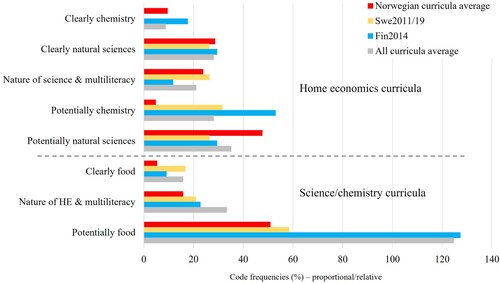
Table 2. Selected quotes from the curricula for ‘clearly < … >’ and ‘nature of < subject > and multiliteracy’. See Appendix for more examples of coding instances.
Figure 2. The number of instances marked with the various ITI codes across the curricula. Average is the number given for the two Norwegian curricula (no. goals coded/no. goals total). Bar colours correspond to the country as shown in legend, grey bar is the average value across curricula (average calculated as the number of curricular goals with at least one coding divided by total number of goals).

Figure 3. The number of aims coded with the various ITI codes in two consecutive Norwegian curricula. Red bar denotes Nor2006/13, pink bar denotes Nor2020.
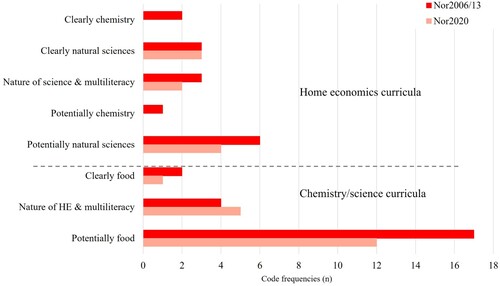
Figure 4. Number counts of theme codes in the four curricula. Red denotes Norwegian curricula (average count of the two), yellow denotes Swe2011/19, blue denotes Fin2014.
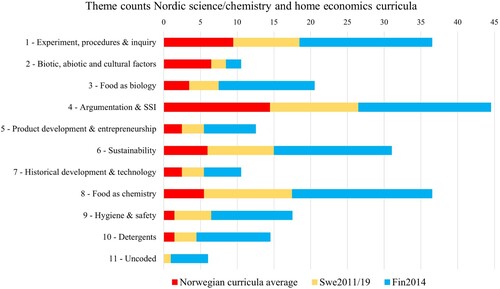
Figure 5. Contingency table of the number of instances of ITI codes and theme codes in science/chemistry curricula. The intensity of colour correlates with the number of instances coded for ease of reading. The numbers are counts within the parts of curricula already coded clear or potential instances of ITI.
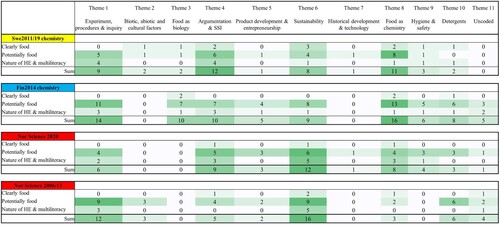
Figure 6. Contingency table of the number of instances of ITI codes and theme codes in home economics curricula. The intensity of colour correlates with the number of instances coded for ease of reading. The numbers are counts within the parts of curricula already coded clear or potential instances of ITI.
